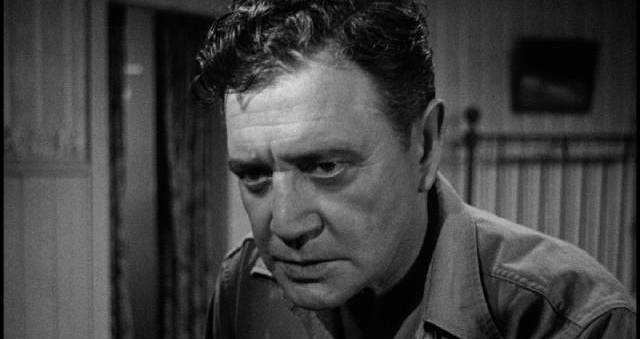
In this, the longest section of my notes from the Fifth Hong Kong International Film Festival, I cover the English-language films from Britain, Australia and the U.S., which include documentaries, mainstream movies, films about sexuality and toxic chauvinism, class conflict and ennui.








